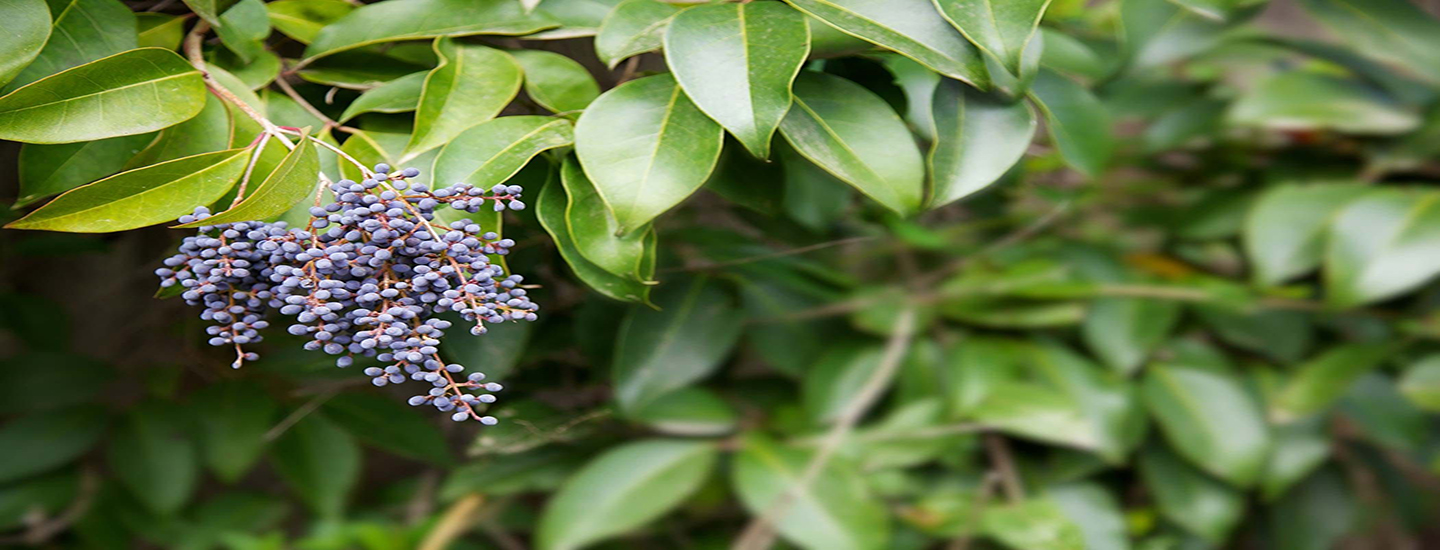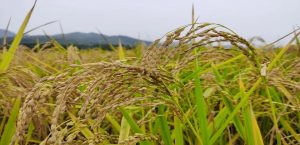Abstract:
Lauraceae, a large family of woody plants, have undergone significant advances in phylogeny, taxonomy, and biogeography in the past two decades. Molecular systematic studies have elucidated the basic relationships within the family, converging toward a consensus of nine tribes: Hypodaphnideae, Cryptocaryeae, Cassytheae, Neocinnamomeae, Caryodaphnopsideae, Mezilaureae, Perseeae, Laureae, and Cinnamomeae. Six new genera and five reinstated genera have been described since the last major overview. Taxonomic works have focused on the most diverse regions of the family: e.g., tropical Asia, tropical America, and Africa (Madagascar). Plastid phylogenomic analyses have provided robust support for deep-level relationships among Lauraceae lineages. Nuclear genomes of ten species have been sequenced, revealing insights into the evolutionary history and metabolic diversity of the family. Biogeographic studies suggest that different lineages are sorted into Gondwanan and Laurasian groups, with patterns resulting from the disruption of boreotropical flora and multiple long-distance dispersal events. Phylogeographic studies, predominantly from East Asia, show patterns of in situ survival in northern microrefugia and demographic stability or expansion from southern macrorefugia during the Last Glacial Maximum. The extensive fossil record of Lauraceae, including leaves, wood, and reproductive structures, suggests that the family diversified globally in tandem with the development and expansion of tropical rainforests during the Late Cretaceous and early Cenozoic. However, many systematic relationships within the family remain unresolved, and further research is needed to fully understand the complex biogeographic history and ecological roles of Lauraceae. Future progress will require a multifaceted approach integrating genomic studies, field work, morphological analyses, and ecological investigations, with important implications for conservation and our understanding of the evolution and diversity of this ecologically significant plant family.
Speaker: Dr. Lang Li
Affiliation: XTBG
Time: 4:30 PM, Tuesday, Nov. 19, 2024
Venue: Offline: The 101 meeting room in Kunming Division
Online: Tencent Meeting ID:731480223



